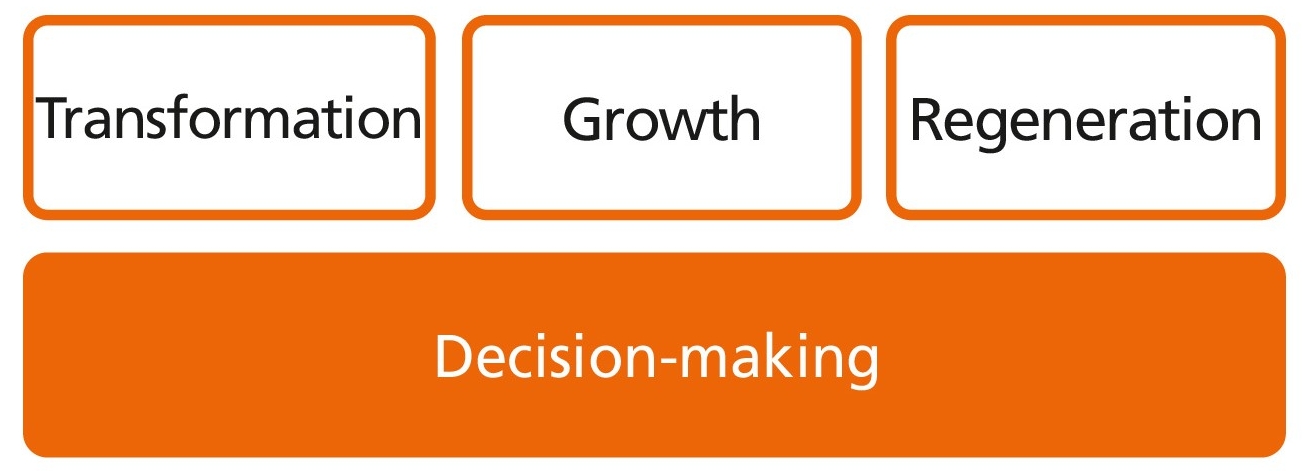What is the challenge?
Mergers & acquisitions processes (M&A), such as company acquisitions and sales, company valuation and due diligence, management buy-out and buy-in, company succession, venture capital and private equity, company financing and IPOs, require the combination of a wide range of information, selection and valuation metrics and cost models. Such transactions are therefore complex and time-consuming undertakings.



